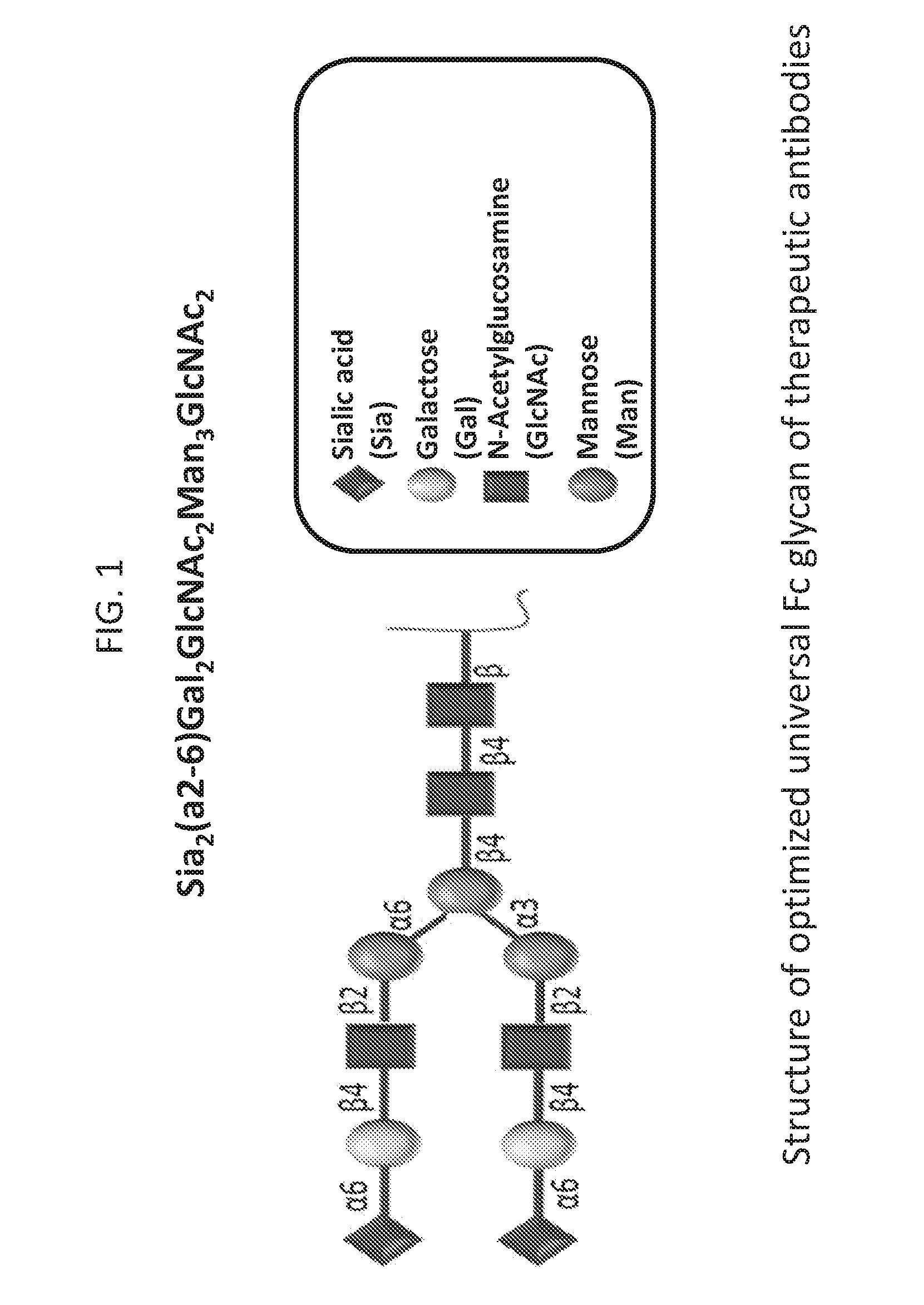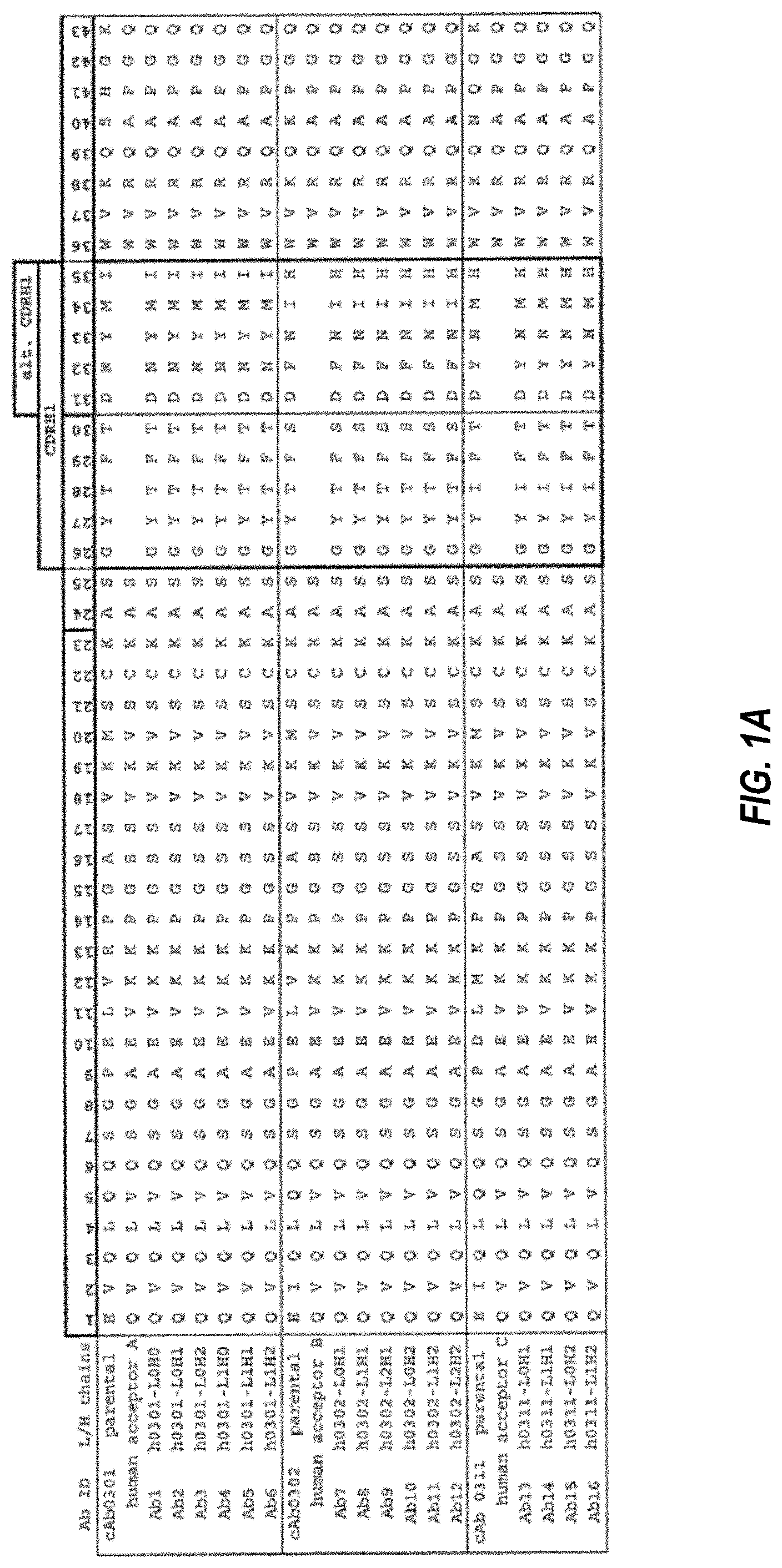Invented by Chi-Huey Wong, Chung-Yi Wu, Che Ma, Han-Chung Wu, Academia Sinica
Universal glycoforms refer to the glycan structures that are common across different species and tissues, making them ideal targets for glycoengineering. The market for compositions and methods that enable the production of universal glycoforms is driven by the growing demand for biologics, such as monoclonal antibodies, vaccines, and recombinant proteins, which require specific glycan structures for optimal efficacy and safety.
The global market for glycoengineering is expected to reach USD 2.5 billion by 2025, with a compound annual growth rate (CAGR) of 10.3% from 2020 to 2025. The increasing prevalence of chronic diseases, such as cancer, autoimmune disorders, and infectious diseases, is driving the demand for biologics, which in turn is fueling the growth of the glycoengineering market.
The market for compositions and methods relating to universal glycoforms is highly competitive, with several key players dominating the market. These players include GlycoFi (a subsidiary of Merck & Co.), Glycotope GmbH, ProBioGen AG, and Glycosyn LLC, among others. These companies offer a range of glycoengineering services, including glycan analysis, glycan synthesis, and glycan optimization, to meet the specific needs of their clients.
The market for compositions and methods relating to universal glycoforms is also characterized by a high degree of innovation, with several companies investing heavily in research and development to develop new and improved glycoengineering technologies. For example, GlycoFi has developed a proprietary yeast-based glycoengineering platform that enables the production of complex glycan structures in a scalable and cost-effective manner. Similarly, Glycotope has developed a unique glycan synthesis technology that enables the production of fully humanized glycoproteins with optimized glycan structures.
In conclusion, the market for compositions, methods, and compositions relating to universal glycoforms is a rapidly growing and highly competitive market, driven by the increasing demand for glycoengineering in various applications. With the growing prevalence of chronic diseases and the increasing demand for biologics, the market for glycoengineering is expected to continue to grow in the coming years, presenting significant opportunities for companies operating in this space.
The Academia Sinica invention works as follows
The present disclosure relates primarily to compositions or methods of use that contain antibodies, binding fragments of antibodies and universal Fc glycoforms.
Background for Compositions, methods and compositions relating to universal glycoforms
Chemical Definitions
EXAMPLES
Example 1 : Exemplary structure of optimized universal Fc Glycan
Example 2″: General Example for the Preparation and Analysis of Homogeneous Immunes with the Optimized Universal glycan at Fc Region
Example 3 : Preparation Homogeneous Immune with Universal Glycan in the Fc Region to Enhance Monoclonal antibody Mediated Antiviral Therapeutics”.
Example 4
Example 5 – Exemplary methods and materials for ADCC assay
Examples: Anti-Stem monoclonal Antibodies F10 and FI6
Example 6
Example 8: Enhancement of Monoclonal antibody Mediated Anti-Cancer Therapeutics by Preparation with Homogeneous Glycan in the Fc Region
REPRESENTATIVE EXAMPLES
Example 8
Example 9 CDC Activities with Anti-CD20 Glycoantibodies
Example 10 – Binding B-Lymphoma cells
Example 11 : CDC to B Lymphoma Cells
Example 11
Example 12 – Binding B-Lymphoma cells
Example 14: Binding FcRIIIa to CHO Cells that Express the Protein
Example 14: Generation of Anti-SSEA-4 Monoclonal Antibodies.
Example 14 : Generations of chimeric antibodies
Example 15 : Binding analysis of antibodies to cancer cells by flow cytometry
Click here to view the patent on Google Patents.









